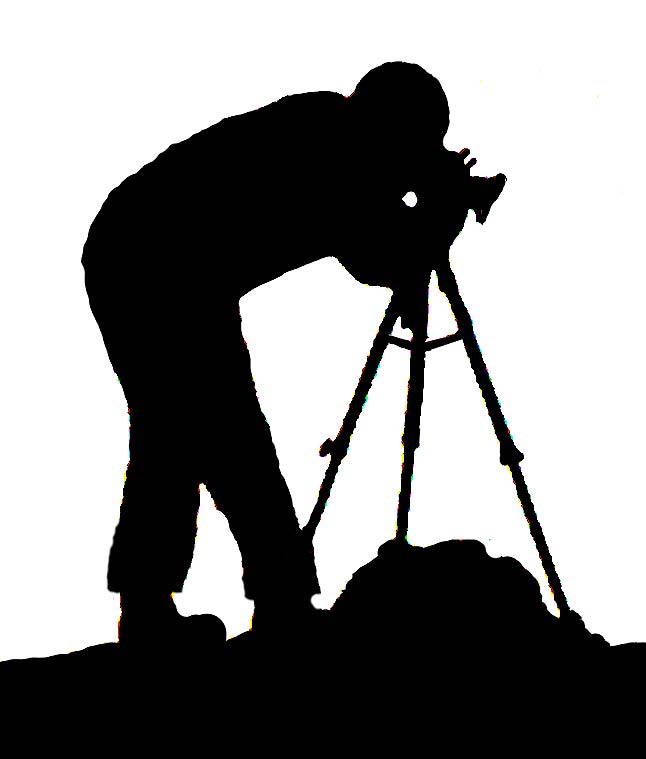


ABOUT DIGITAL MANIPULATION OF IMAGES:
That pithy philosopher of modern culture, Bill Watterson's
comic strip
character Calvin (of Calvin and Hobbes
fame), would say that the word
"Photoshop" has been verbed.
What began as the name of a
software product has become a verb (think
Xerox!). All serious
photographers field
questions about whether an image has been
"Photoshopped". The question of digital manipulation of images is an
obvious one for anyone dealing with
digital images. It is also germane
to the concept of artistic
integrity, hence this note.
The likelihood of seeing an image for display or sale which
appears
exactly as it was recorded is virtually
zero for any commercial
photographer. The
simple reality is that Photoshop and similar
software has replaced the conventional
film darkroom.
Before digital cameras and Photoshop, image manipulation was
common for film images, but much less
sophisticated and much
less extensive. The difference,
and what most people seem to be
thinking of when they ask about "Photoshopping", is that digital
technology makes it easy for the
photographer to go far beyond
what was possible with film
technology. I've heard it said (and I
believe) that legendary photographer and consumate darkroom
artist Ansel
Adams would love Photoshop if he were alive today.
However, I also believe that
boundary such as I've described below,
between technical quality
enhancement and fantasy.
My own philosophy on this is simple- if digital manipulation
of an
image goes beyond what would have been typical
in a conventional
film darkroom, that information should
be disclosed to the viewer.
Otherwise, the adjustments made are standard practice, just
as for
film printing in a conventional
darkroom. If my work is labeled
"photographic print", then
it is indeed a photographic print just as
much as any photographic print from
film.
Some of my pictures are clearly photographs, but with
significant
digital manipulation that would be
extremely difficult or impossible
without Photoshop (such as the outsized strawberries).
These are
still labeled "photographic
print" or "modified photographic print",
but the attached label or note
contains a brief description of the
manipulation if it is
not obvious.
Some of my images are manipulated only to assemble a
composite and are therefore labeled as
"composite photographic
print". The individual frames are
treated as noted above.
My panoramic photos are assembled digitally from standard
size
individual frames. The final image may
require some cleanup of
seams, but this is standard digital
editing practice and these are
labeled "photographic print".
Then there are my stylized prints, which go far beyond the
above
standards. These are digitally modified by
whatever technique is
needed to enhance the best attributes of
the original photograph,
and are clearly labeled
"stylized photographic print". Their origin
as a photograph is usually obvious,
but the result is just as
obviously nothing like a conventional
photographic print.
I hope this note is helpful in addressing the question of
digital
manipulation. If it
leaves any of your questions unanswered,
please feel free to contact me. If a
certain level of technical
understanding is
required for you to fully appreciate my work,
I'm perfectly willing to help you reach that point.
September 3, 2008